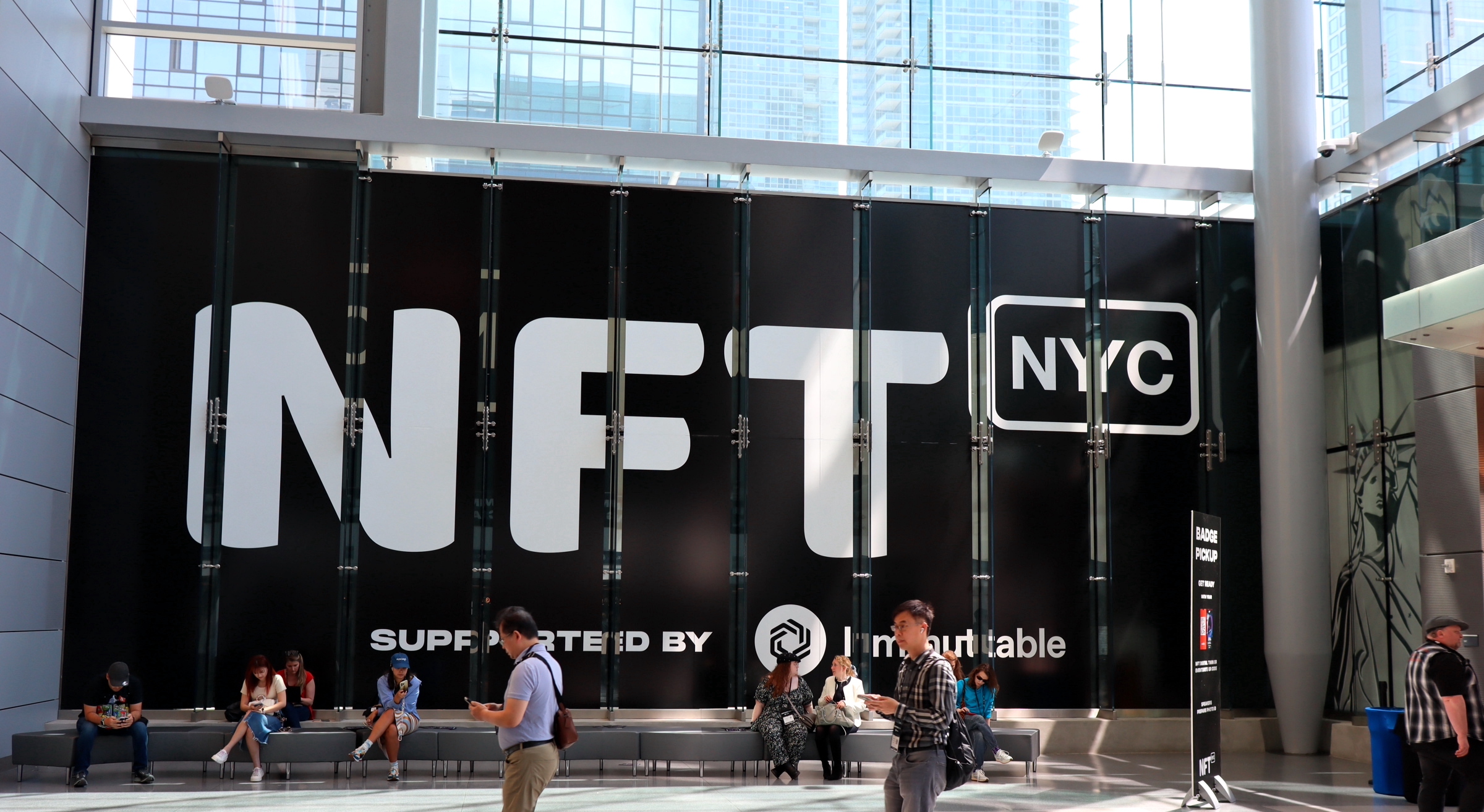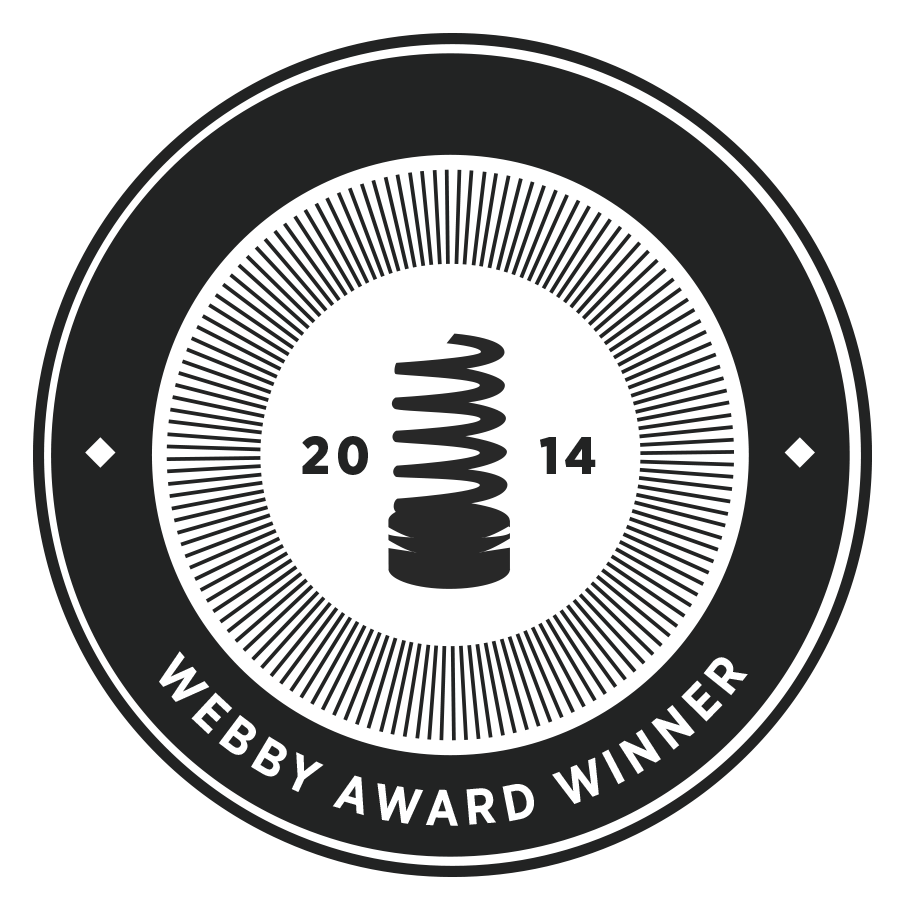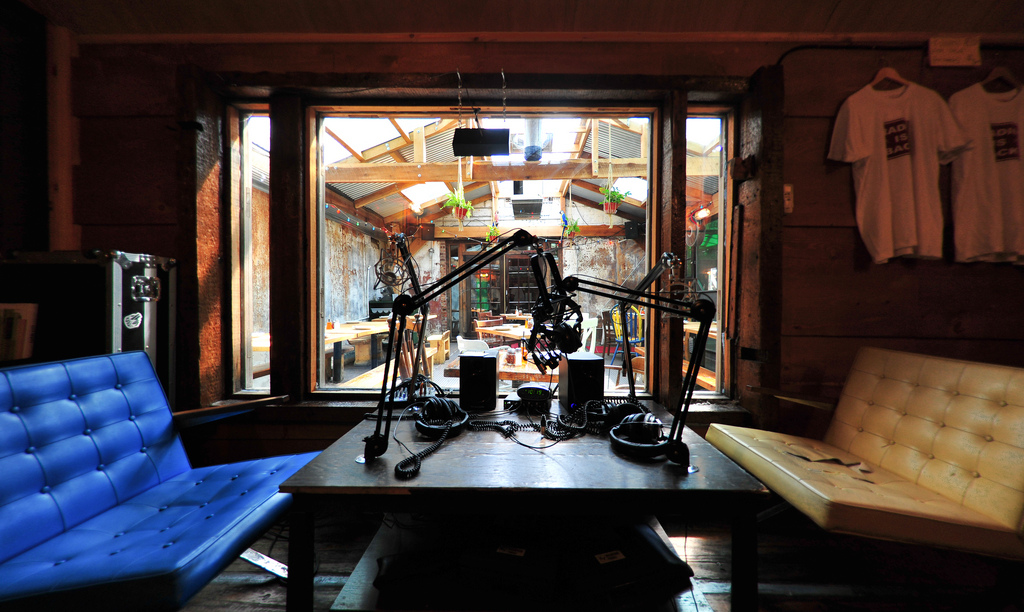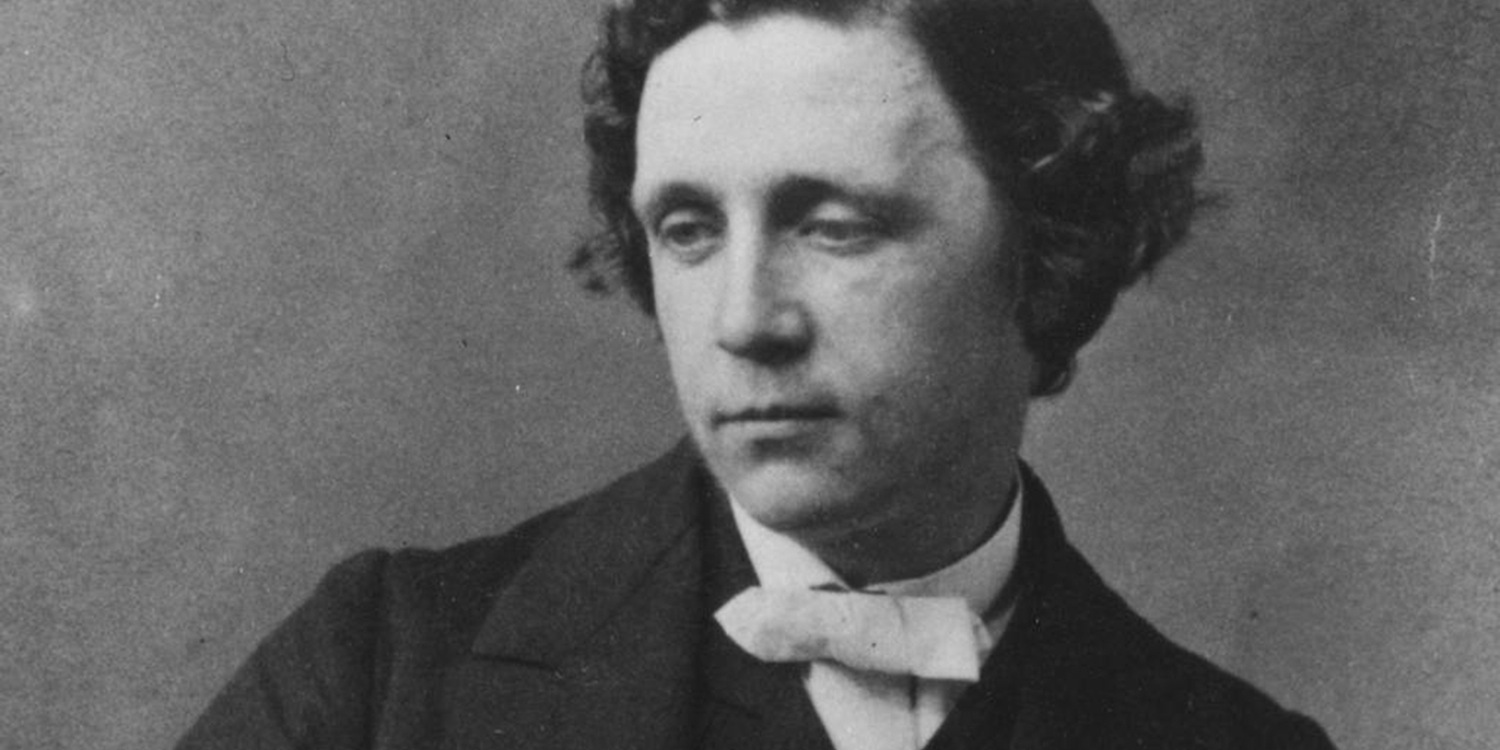Making History… By Making NFTs… For History
As you may or may not know, the annual NFT NYC Conference drew over 5,000 attendees to the Javits Center April 12-15 to hear about every possible topic related to NFTs from keynote speakers including CMYK Cofounder & Head of Design, Adam Scher.
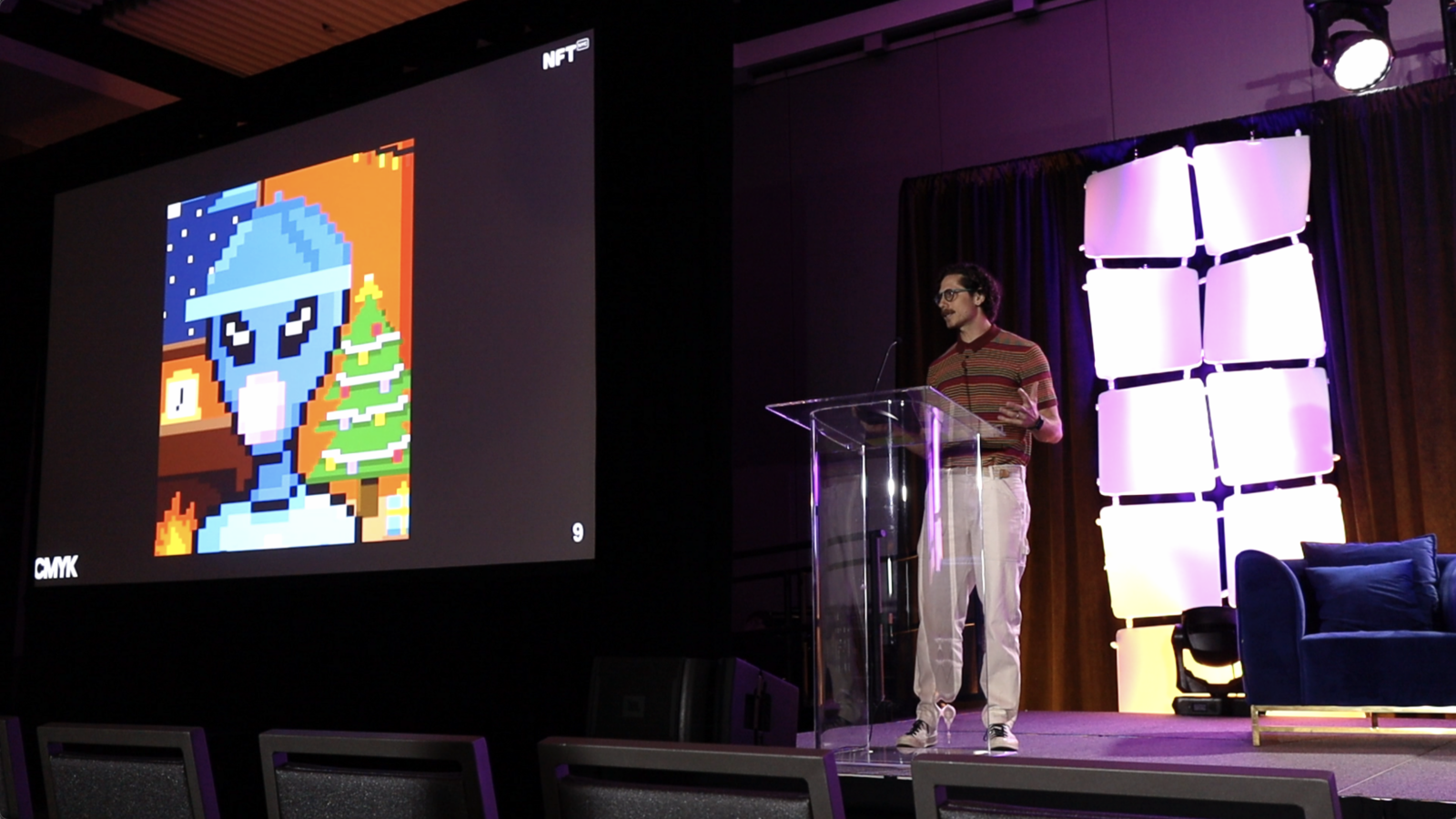
Yes, NFTs are still a thing, even though the term “digital collectible,” is more in-vogue as of late. But no matter what we call them, the ability to own and track digital items on blockchains is going to shake things up in the years to come. Marketing teams around the world are already experimenting (i.e. scrambling) to figure out the best ways to leverage this exciting new technology, especially in the entertainment biz, and forward-thinking agencies like CMYK are here to help.
So when Adam took to the NFT NYC Main Stage to discuss challenges faced by media brands like History Channel as they navigate the wild west of NFT marketing, and the creative solutions CMYK used to overcome them, people listened. But for those of you who missed it, here are the high-level insights.
Making NFTs for History
Last year, History hired CMYK to create 70 NFTs and design the front-end of their new NFT marketplace microsite. NFTs are still the Wild West of brand marketing, And this was CMYK’s first foray into NFTs and the emerging world of Web3. It’s exciting to work on the cutting edge, but there are also challenges out there on the trail.
Challenge 1: IP Ownership
The first challenge Adam addressed in his presentation is one that anyone in the entertainment world should be (unfortunately) familiar with– IP Ownership. History has great shows that reach millions of fans worldwide. One might assume they’d be an ideal brand to sell NFTs, but the reality is that History shares ownership with the show’s creators. For our purposes, this meant that we couldn’t use any footage or images from the shows themselves, and still needed the sign-off of the production companies who created the content just to use the names of their shows.
But legal roadblocks like this don’t have to kill the NFT dreams of media brands. They just have to get creative– which is where CMYK comes in.
The Proof Is Out There is a show about cryptids– famous legendary creatures like Loch Ness Monster and Bigfoot. Most readers will recognize the classic Bigfoot photo from 1967 below. What you may not know is that it was taken by a guy named Paterson Gimlin, and his estate charges a LOT to use it. That may have been within budget for the show itself, but was definitely beyond the scope of this collection.

To circumvent this legal pitfall, our solution was to create all-original art for each collection. For example, when our lead developer went to visit her family in Maine, she and her Mom went out hiking with a bigfoot costume and a camera!
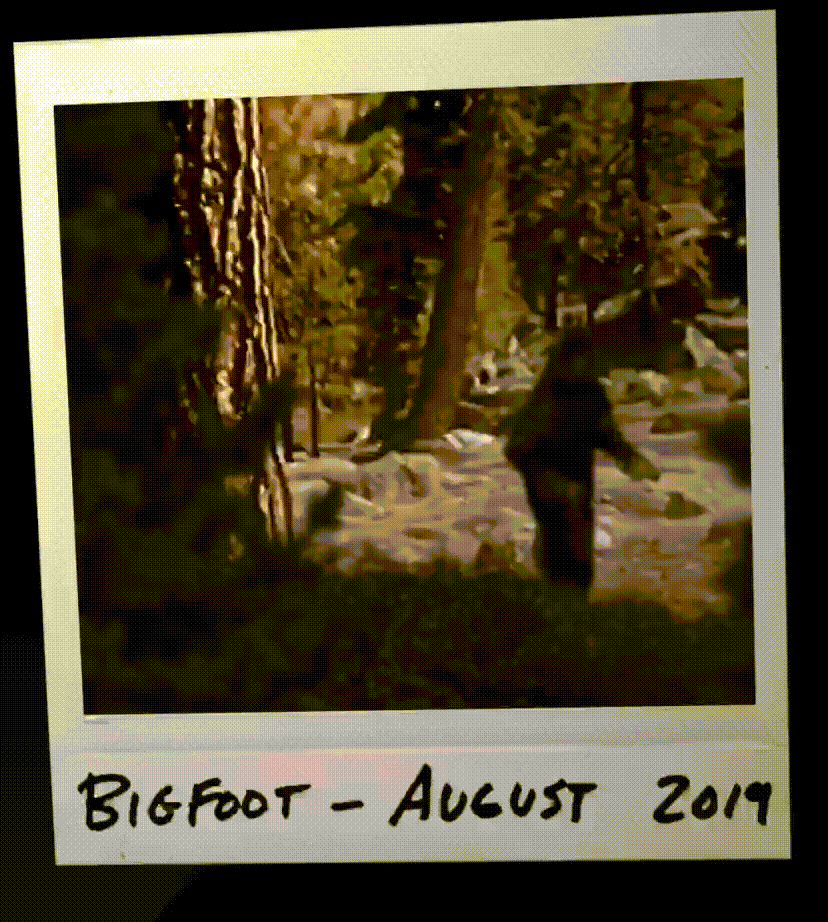
History appreciated our dedication and hands-on problem solving, and the result was exactly as needed: original content with its own POV that’s still very on-brand for the series.
Challenge 2: Divided Audience
History has a divided audience. There are the Alien fanatics, who are fans of programs like Ancient Aliens, Skywalker Ranch, etc, and then there are the History buffs, who appreciate, well… History. Instead of sacrificing one audience or another, our solution for Ancient Aliens was to design a series of portraits in which Aliens & Art History Collide. We worked with talented illustrator Barry Bruner to create portraits of aliens in iconic art styles, from cave paintings, to Picasso, Warhol, Basquiat, and of course, the most popular medium of the 21st century, the insta selfie.

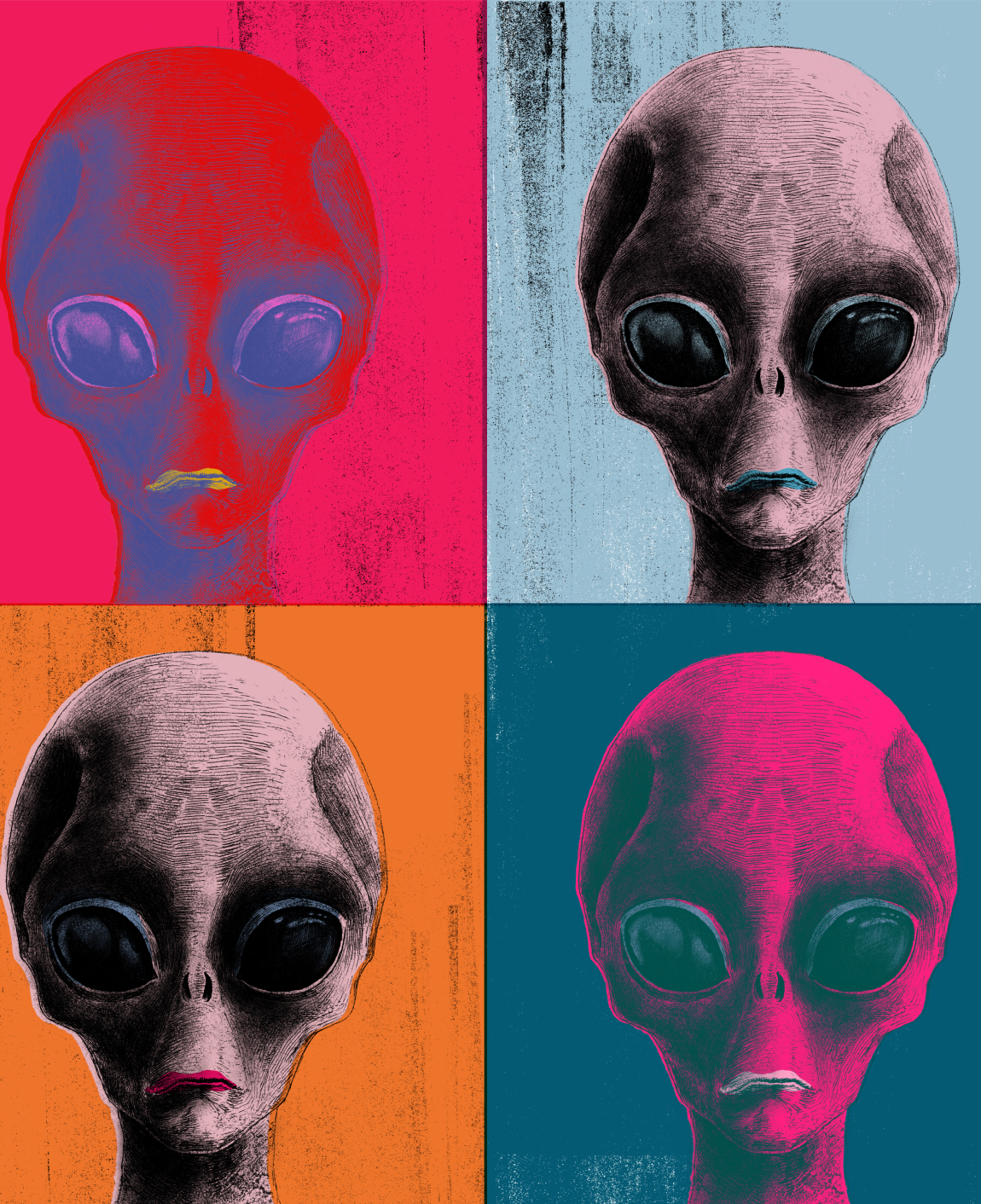
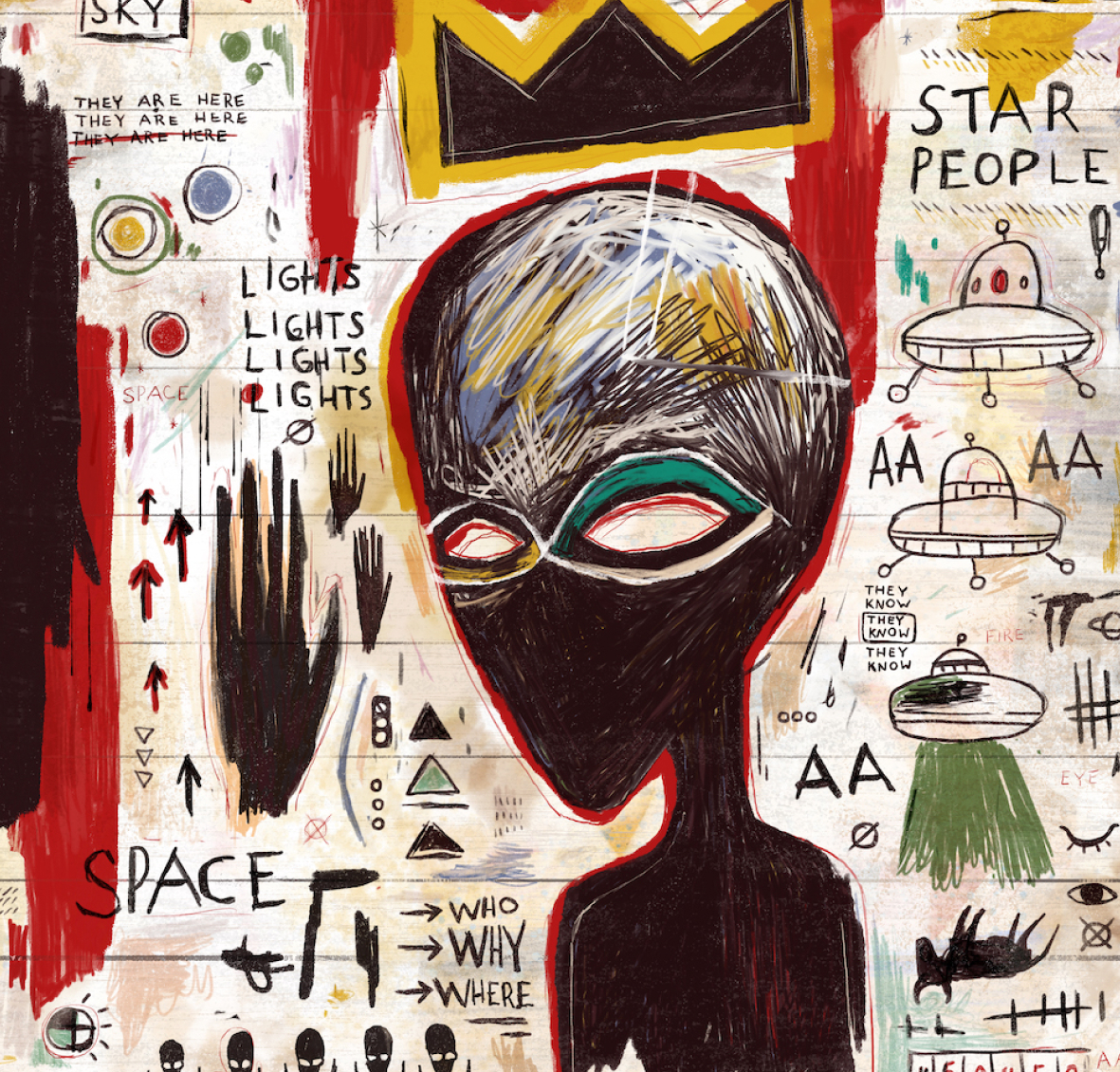
Once again, by exploring the themes of the show and staying on-brand for History, we came up with an original concept that struck a nice balance and catered to both Alien fans and history buffs alike.
Challenge 3: Appealing to NFT Collectors
NFTs are still very niche technology to most people, so we knew it was important to speak directly to the global community of NFT fans and collectors driving the initial adoption of this new on-chain medium. So we looked at what was working in the NFT market and embraced the popularity of NFT PFPs for two collections.

The first was a collection of Alien stickers, a generative collection of 1,000 Aliens with a variety of attributes and levels of rarity that are randomly generated when the user pays to mint. The other was an 8-bit style collection, paying homage to the OG Crypto Punks. While some people complain about the proliferation of “derivative” PFP projects inspired by the “Blue-chip,” collections like Punks and Bored Ape Yacht Club, but, for what it’s worth, our 8-bit Alien collection was a huge hit and completely sold out.

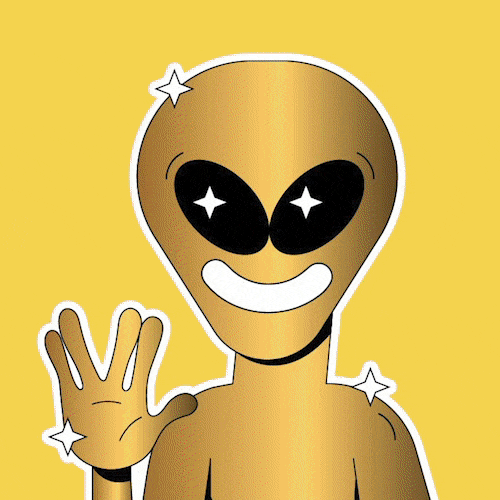
What can we learn from History?
For established brands, especially in entertainment, creative studios like CMYK are great at finding creative solutions to the challenges of NFT marketing. Because we are not the in-house marketing team, we’re able to take a step back from the brand and bring a fresh perspective to each collection and its source content.
In terms of the creative and design, brands should not be too precious nor play it safe when it comes to NFTs. This is the wild west, after all, so it pays to be bold and experiment with new designs and new ways to implement this technology.
But it’s also important to keep your audience in mind. This can be a challenge when appealing to multiple demographics, but it is possible to thread that creative needle, like with our alien art-history portraits. Alternatively, it can also pay to be more precise and speak directly to a more dedicated, niche community, the way our 8-bit alien PFPs spoke to native NFT collectors.
Ultimately, it’s important to figure out what works in the current market, but at the same time be unafraid to break the rules. Our designs diverged quite a bit from the series source material and existing branding while staying true to the themes and concepts that make History and these shows so popular in the first place.
CMYK loves helping brands tell their story in the most authentic and effective way possible, and whether we’re making NFTs, websites, or video, that’s really what it all comes down to. We’re excited to do more work with NFTs and Web3 projects, in general, whether for blockchain-native platforms or more established brands entering the space. So don’t hesitate to reach out if you need help making your brand’s NFT dreams a reality, and we’ll catch you later on down the trail, partner.
Read the full case study on our work for History.
